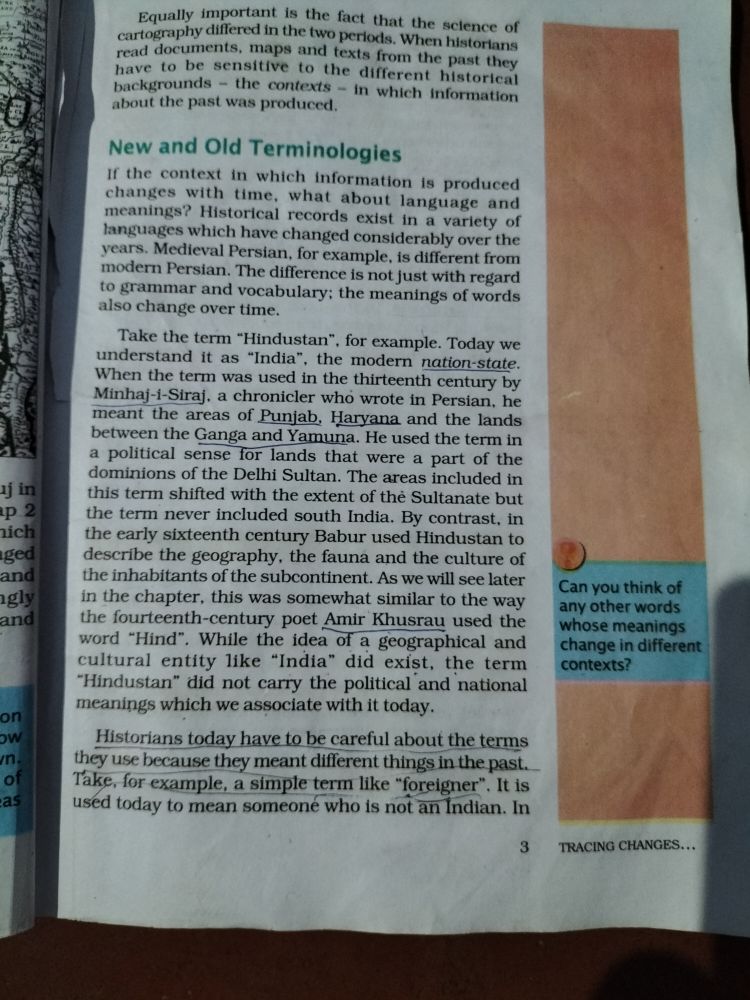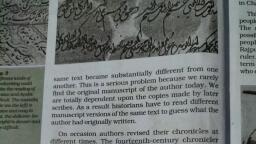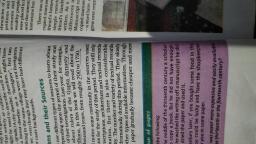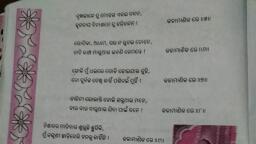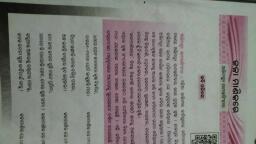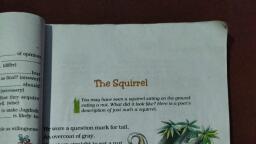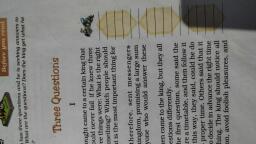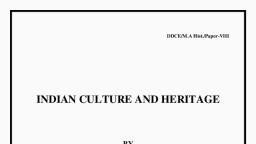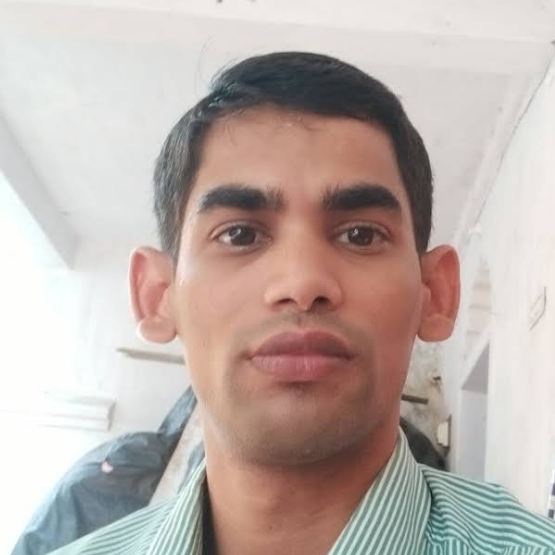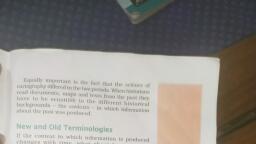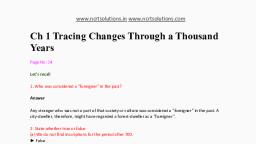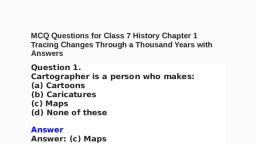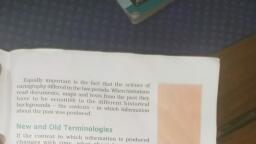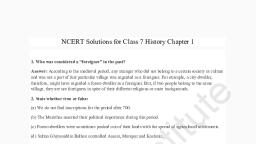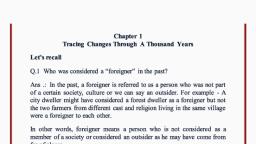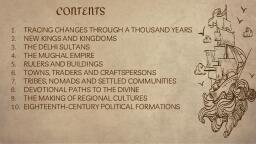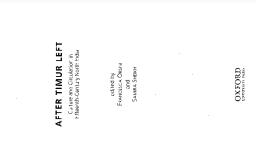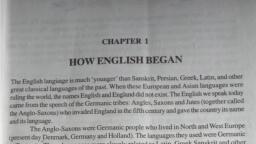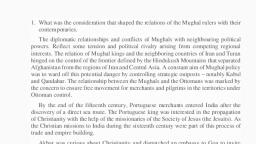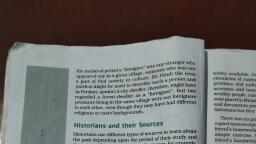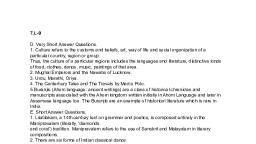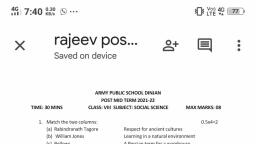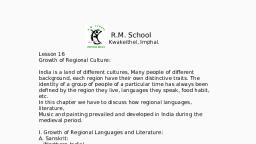Page 1 :
equally important Is the fact th,, , cartnraphy differed in the two pert when fee,, read documents, maps and texts from the past they, have to be sensitive to the different historient, backgrounds = the contexts ~ in which information, about the past was produced,, , , , New and Old Terminologies, , i the context in which information ts produced, changes with time, what about language and, , Historical records exist in a variety of, guages which have changed considerably over the, ‘ars. Medieval Persian, for example, is different from, modern Persian. The difference is not just with regard, to grammar and vocabulary; the meanings of words, also change over time., , , , , , Take the term “Hindustan”, for example. Today we, understand it as “India”, the modern nation-state., When the term was used in the thirteenth century by, Minhaj-i-Siraj, a chronicler who wrote in Persian, he, meant the areas of Punjab, Haryana and the lands, between the Ganga and Yz a. He used the term in, a political oenae tor Taner were a part of the, dominions of the Delhi Sultan. The areas included in, , this term shifted with the extent of thé Sultanate but, the term never included south India. By contrast, in, the early sixteenth century Babur used Hindustan to, describe the geography, the fauna and the culture of, the inhabitants of the subcontinent. As we will see later, in the chapter, this was somewhat similar to the way, the fourteenth-century poet Amir Khusrau used the, word “Hind”. While the idea of a geographical and, cultural entity like “India” did exist, the term, “Hindustan” did not carry the political and national, meanings which we associate with it today., , Historians today have to be careful about the terms, , they use because they meant different things in the past., , Take, for example, a simple term like “foreigner”. It is, used today to mean someoné who is not an Indian. In, , , , , , , , , 3
